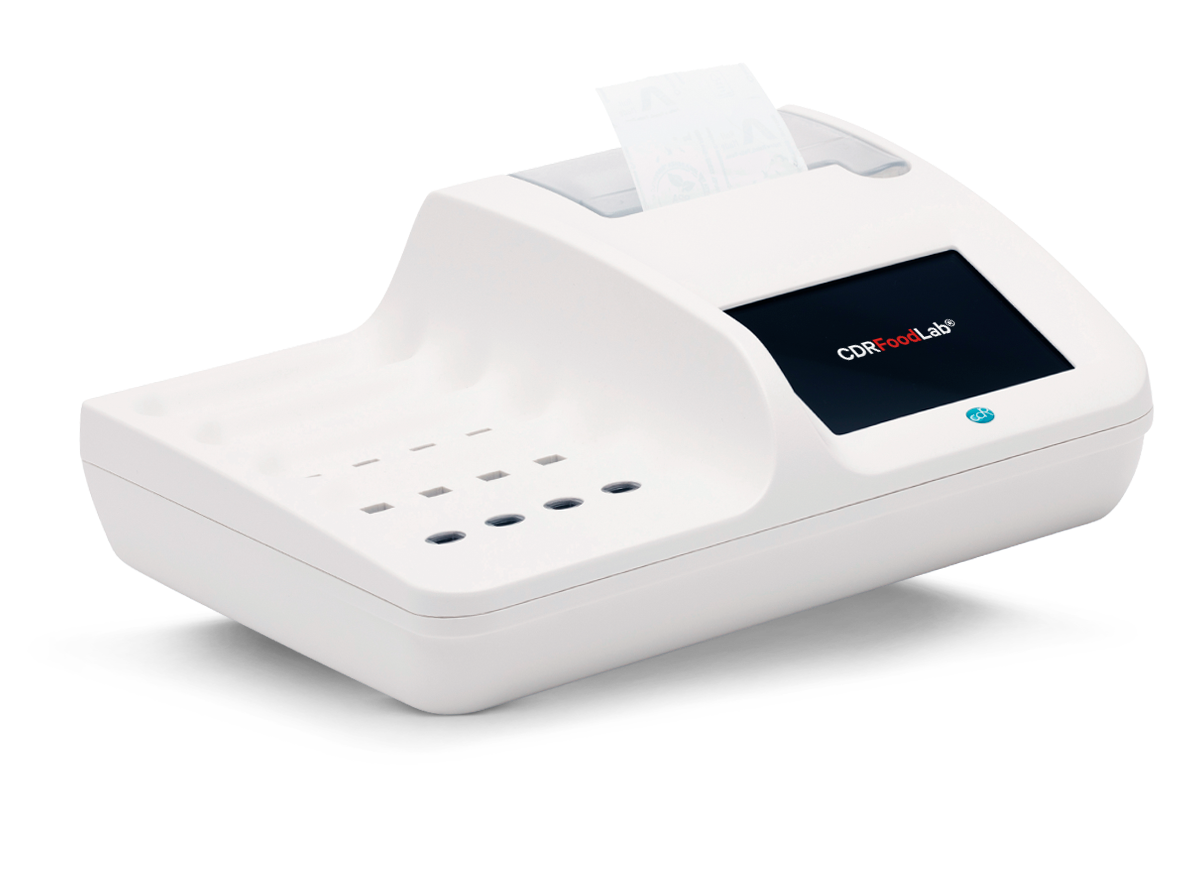Milk Urea Nitrogen test
The urea content in raw milk is related to the amount of protein in the animal feeding and allows you to define an adequate diet. This analysis also helps to identify any additions of urea in milk, introduced in order to increase, fraudulently, the protein content of milk.
The meaning of the Urea test
Chemical tests carried out in whole, pasteurized and skimmed milk are becoming more important since they are used to control milk and dairy products quality, to monitor animal's health and to set up a correct diet, reducing production costs. The percentage of urea in whole milk is influenced by the amount of proteins contained in the diet of the animal and therefore its value is used to define adequate protein content in the fodder.
With this test, it is possible to identify additions of urea in milk made to increase the total percentage of nitrogen, which is normally used to determine the proteins content of milk. Therefore, urea test can be a useful tool, to differentiate between the content of urea and the real protein quantity, used by companies that process and package milk and dairy products, quality control units or research laboratories of milk industries.
This test, due to its easiness and rapidity, can be carried out directly into the cowshed.
Method
Test type: End Point.
Testing time: 8 minutes.
Analysis sessions with multiple samples are possible up to a maximum of 16 tests for CDR FoodLab® and 3 tests for CDR FoodLab® Junior.
Sample treatment
Use milk as is.
Principle of the test
The urea is converted into ammonia by urease enzyme. The ammonium ions react with a phenolic derivative and form a blue-green colored complex whose intensity, measured at 700 nm, is directly proportional to the concentration of urea in the sample.
...
Calibration curve
The Poligny ACTALIA (France) reference laboratory, specialising in food analysis, performed an evaluation study: The analysis of urea on milk was performed with CDR FoodLab® and with the reference method in differential metric pH (NF EN ISO 14637). The correlation between the CDR FoodLab® method and the reference method is excellent (R2= 0.9887) considering the type of analysis and the difficulty of performing the reference method.
...
Comparative tests, on samples of whole milk performed between the reference method (differential pH-metry instrument – EFA Instrument) and the FoodLab method, made in “Laboratorio Standard Latte” of the AIA (Italian Breeders Association) have confirmed a very good alignment between the two systems.
Reagent test Kits
Measuring range
| Analyses | Measuring range | Resolution | Repeatability |
|---|---|---|---|
| Urea | 5 - 100 mg/dL | 0.1 mg/dL | 1.2 mg/dL |
| MUN | 2.5 - 50 mg/dL | 0.1 mg/dL | 0.6 mg/dL |
Analyzers for quality control of milk and dairy products
CDR FoodLab®
Complete analysis panel, supplied already configured
Up to 16 determinations simultaneously
Possibility of carrying out analyses of the same sample
Integrated printer
Full connections (LAN - USB - Bluetooth barcode/QR code reader)
CDR FoodLab® Jr
Partial analysis panel, customisable configuration
Up to 3 determinations simultaneously
Wireless connection to external printer
USB connections
